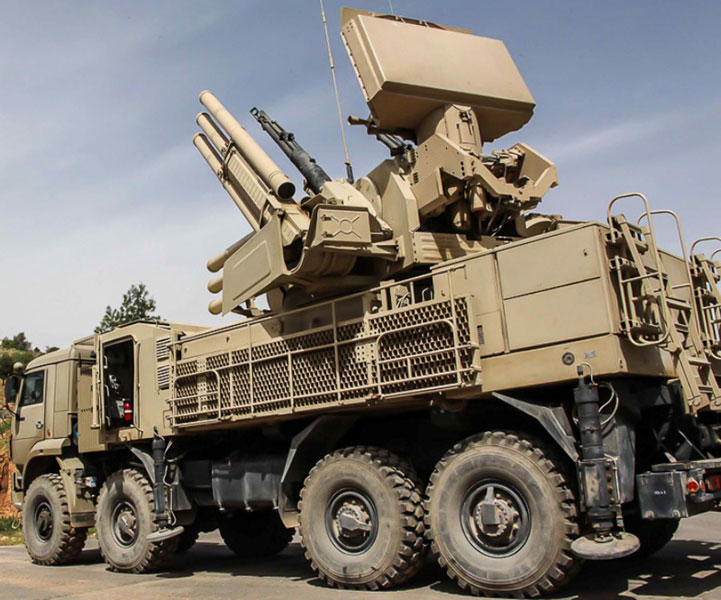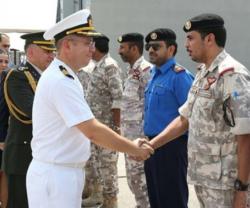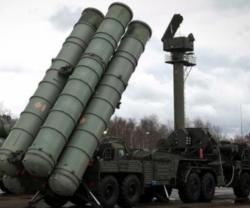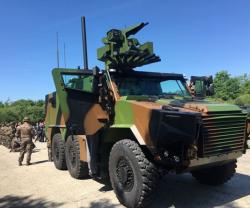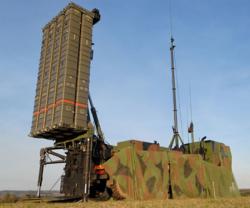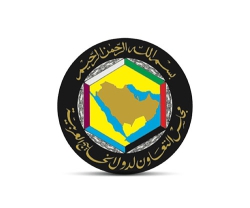The Western officials said the SA-22 system would be operated by Russian troops, rather than Syrians. The system was on its way to Syria but had not yet arrived.
“This system is the advanced version used by Russia and it's meant to be operated by Russians in Syria,” said one of the sources, a Western diplomat who is regularly briefed on U.S., Israeli and other intelligence assessments.
Two U.S. officials separately confirmed the information. The second U.S. official said the United States had indications that, although the entire system had not arrived, some control system components for the SA-22 had been positioned at an airfield near Latakia, an Assad stronghold. He noted that the system may be part of a Russian effort to bolster defenses at the airfield.
The Russian source, who is close to the Russian Navy, said the delivery would not be the first time Moscow had sent the SA-22 system, known as Pantsir-S1 in Russian, to Syria. It had been sent in 2013, the source said.
“There are plans now to send a new set,” the source said, without detailing how far along the process was.
However, the Western diplomat said the version of the SA-22 on its way to Syria was newer than previous missile systems deployed there. Syrian officials could not be reached for comment.
The United States has been leading a campaign of air strikes in Syrian air space for a year, joined by aircraft from European and regional allies including Britain, France, Jordan and Turkey. U.S. forces operating in the area are concerned about the potential introduction of the weapon, the diplomat said.
U.S. officials say they believe Moscow has been sending troops and equipment to Syria, although they say Russia's intentions are not clear.
Lebanese sources have told Reuters that Russian troops have begun participating in combat operations on behalf of the Assad government. Moscow has not commented on those reports.
Russian Foreign Minister Sergei Lavrov said Russia was sending military equipment to Syria to help the Assad government combat Islamic State fighters, and had sent experts to help train the Syrian Army to use it.
Lavrov also said coordination was needed between Russia's military and the Pentagon to avoid “unintended incidents” around Syria. Russia was conducting pre-planned naval drills in the eastern Mediterranean, he said.
An ally of Damascus since the Cold War, Moscow maintains its only Mediterranean naval base at Tartous on the Syrian coast, and protecting it would be a strategic objective.
Source: Reuters

